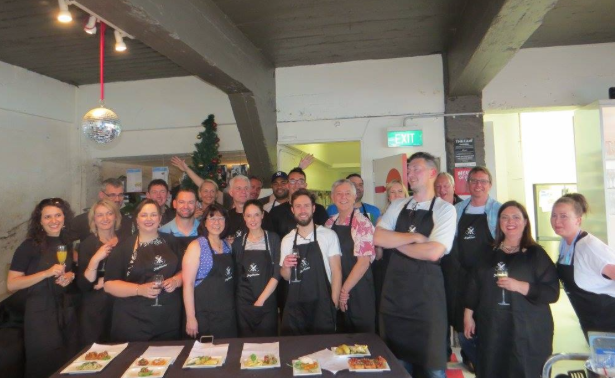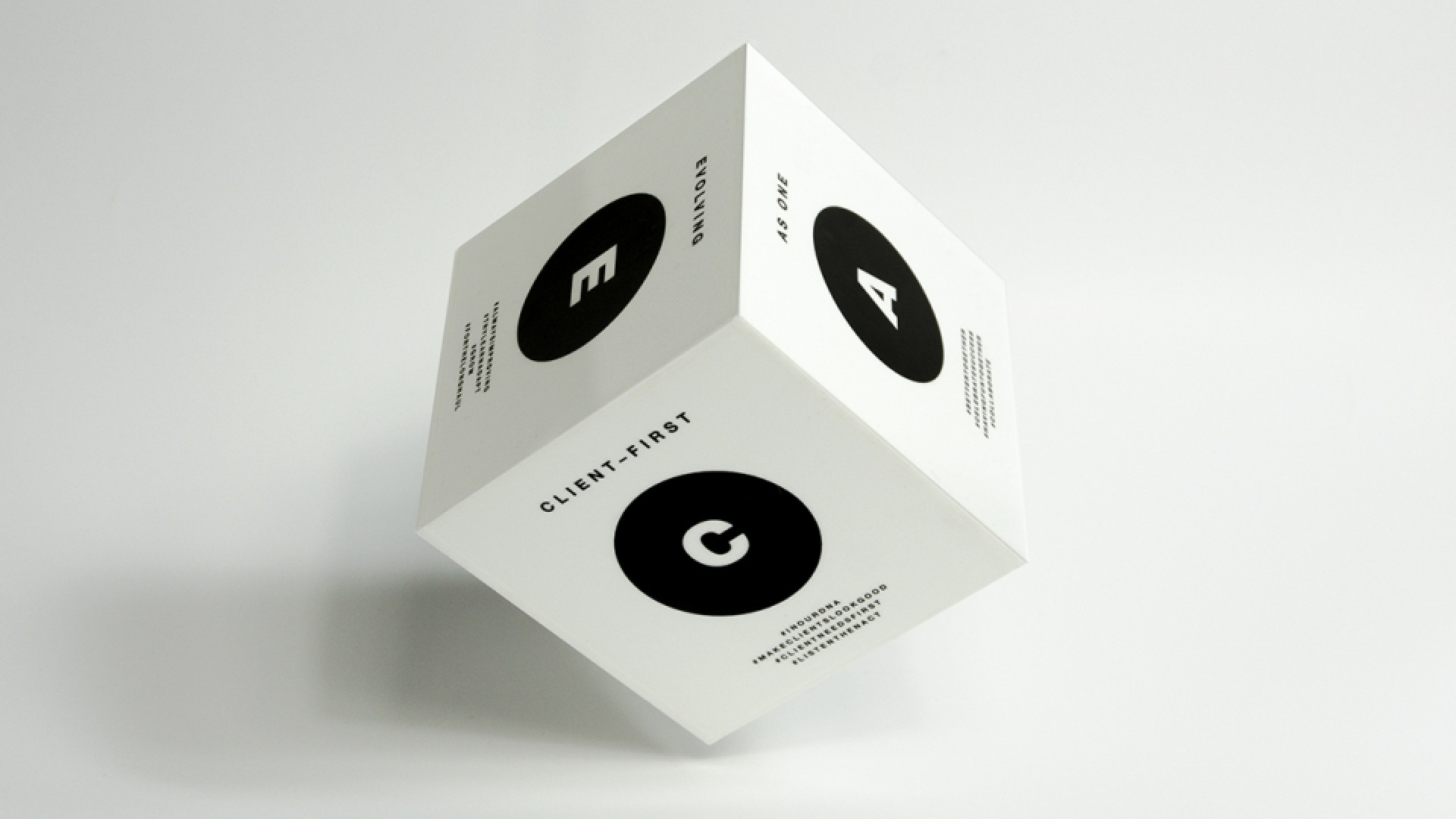We regularly work with clients on internal communications projects, helping them engage their staff, drive behaviour and performance, embed change and continuous improvement programmes and align their internal and external brands. As a business, we face the same challenges our clients ask for our help with. We too work hard to engage a diverse group of talented individuals to create an aligned team approach that spans multiple locations and disciplines.
I was delighted to see the results of our latest annual staff perception survey. It was the first project I instigated as CEO in order to identify the key issues staff perceive and to track our progress in addressing them. Each year we’ve moved forward in leaps and bounds and this year we achieved a staff engagement score of 88.8%. There’s no doubt our team is now (mostly) happy and this comes through clearly in the many positive and constructive comments made.

So how did we do it? Many clients tell us they need a campaign to drive culture change, embed value and to improve performance. My answer is always the same. Staff engagement isn’t a campaign but an on-going embedding process achieved over time across multiple channels and touchpoints. It requires consistent messages and actions that move the team seamlessly through awareness, understanding, acceptance and adoption. And that’s simply what we did. Here are some of the key initiatives from our own staff engagement programme:
- Improved regular communications including a monthly staff newsletter (now a video blog) covering results, work-in-progress updates, people and client stories and fun competitions. This is supported by a blog-based intranet for regular cross-office discussion and managers running regular team meetings. Communication, transparency and trust were areas we scored particularly well in the survey.
- Line of sight – our annual strategy day allows us to walk the entire team through our vision, purpose, strategy and key plans for the year ahead. This enables them to make a direct connection between what they do and the results we need to achieve. We also use this session to review the year just passed, directly linking our performance against goals with any staff profit share.
- Last year we established an internal team to develop our values from the ground up. This ensured that the values reflected what is important to both staff and the business. We made a big deal around the launch, facilitating better recall and understanding. And now we are working on embedding them further into our every day vernacular and actions. See our values launch case study.
- Our staff benefits/wellbeing programme is an on-going labour of love. We regularly add new benefits such as medical check-ups, access to financial advisers, flexible working arrangements, community days and healthy living advice.
- Establishing a structured Performance and Development framework has meant all staff are clear on what they need to do and how their performance is measured. Everyone has a development plan which is executed through regular individual and group development activities.
- Our new recruitment framework ensures that that we hire people that are aligned with, and add to, the culture we have created.
- The physical environment also plays a role in culture and engagement. We moved offices in Auckland, creating an environment more conducive to collaboration, creativity and good communication. We’ve made progress with the Wellington office too and will go further with a new fit-out.
- We do lots of fun activities together as a team (but we still need to do more). Some are little things like shared lunches or morning teas to celebrate birthdays, anniversaries, project success and individual ‘Gold Star’ performance. Others are much bigger, like getting the whole team together for a day of eating, drinking and fun at my place or our Masterchef-styled Christmas function. Getting together regularly in a relaxed, non-work environment helps with unity and creating a sense of belonging.
For me the key to achieving our outcomes is embedding our goals, values and culture into our everyday actions. The leadership team have led this charge, modelling the sort of culture we want as well as reinforcing it with their teams. And if you’ve been in a meeting with any of us, you’ll see we all carry our designer notebooks. These house our vision, one purpose, our brand story, our strategy and business plans, values and KPIs. Effectively, the team engages with them every time they take notes at meetings (which for most, is every day). See our strategy book case study.
Yes, but has it worked? Being personally fulfilled at work is one of our goals. But our engagement programme isn’t only about soft benefits. It’s also helping us deliver the hard results shareholders need. In the last three years, our revenue has remained relatively consistent but our bottom line has moved steadily upwards. A more engaged team manifests itself in greater productivity and a willingness to find and adopt new and better ways to do what we do. What do they say? “Happy staff equals happy clients and happy clients means a happy bank manager.”
Could we do more? Without a doubt. We’ll take a few moments to reflect on how far we’ve come and then get back to going further. We’ve got some exciting plans for the year ahead. Suddenly 90% engagement doesn’t seem that impossible.

